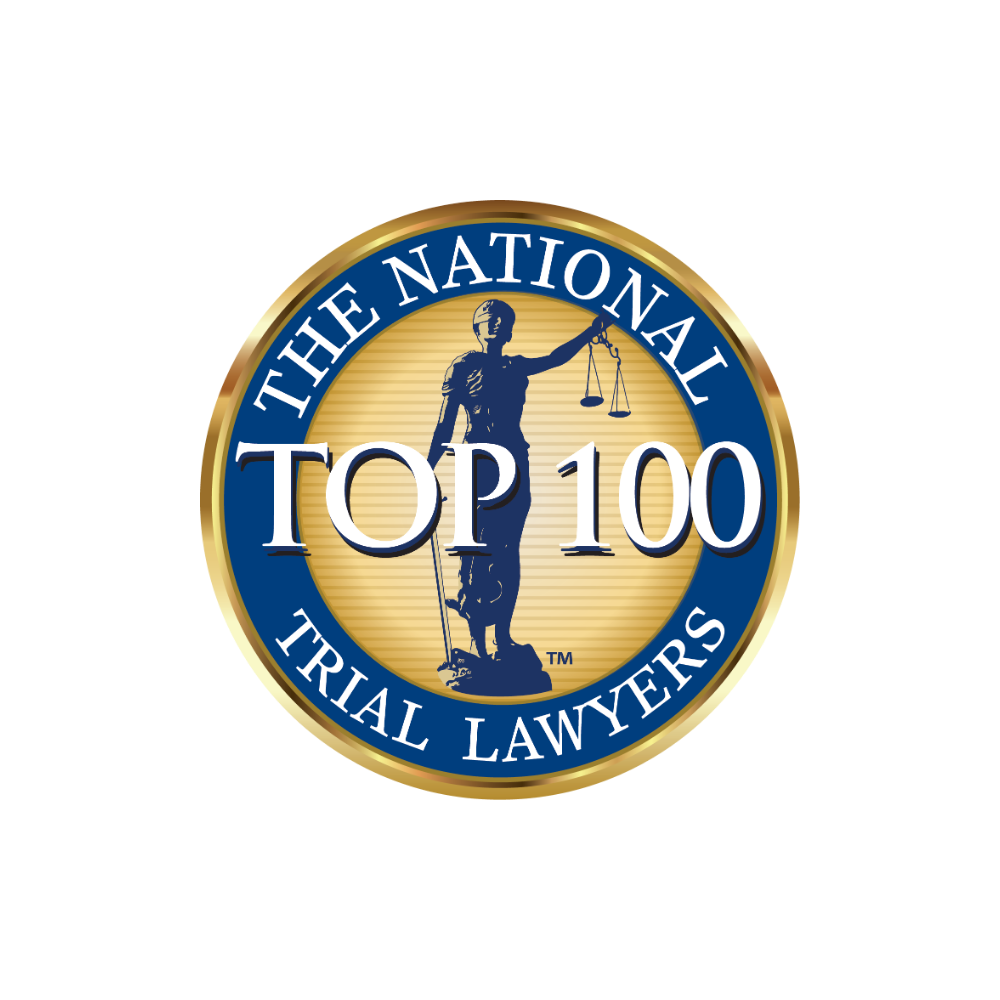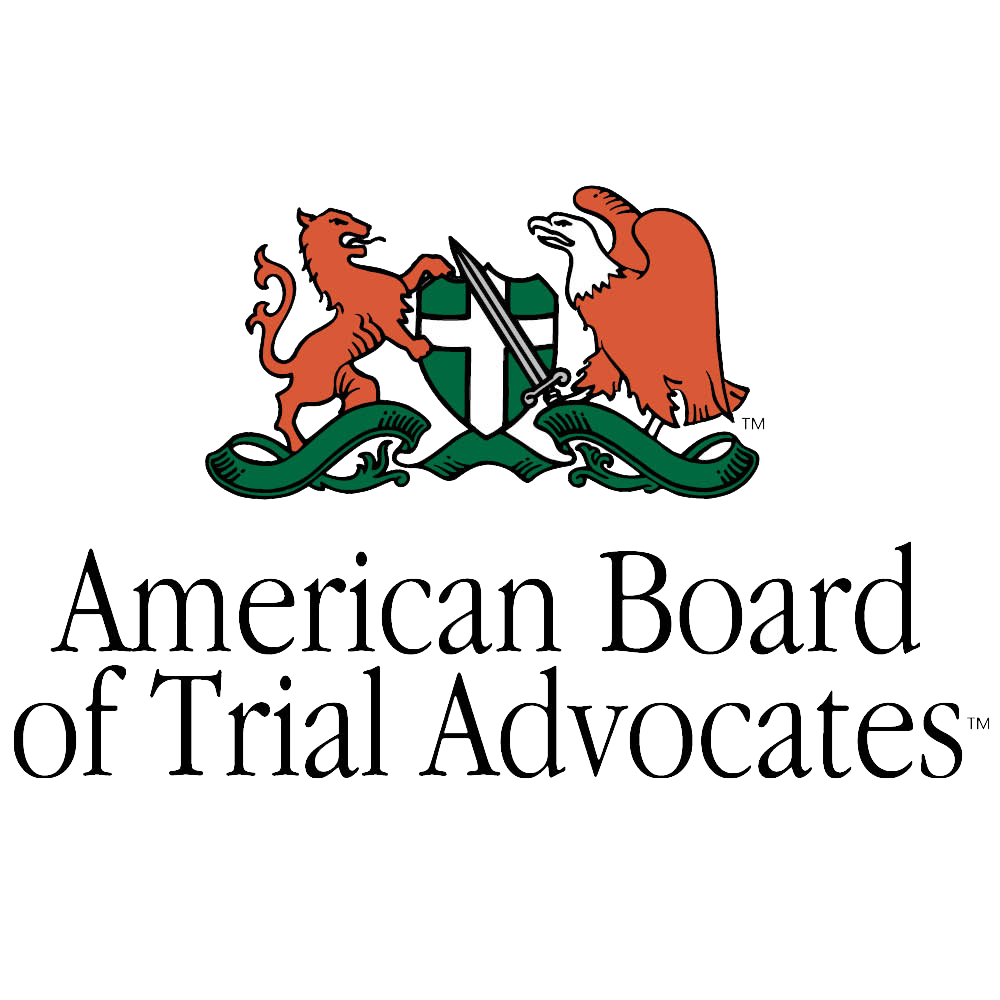
The Importance of AEDs in Cardiac Arrest
Growing up, I always believed that bad things happened somewhere else, to someone else. That illusion was shattered three times. When I was seventeen, my father suffered a sudden cardiac arrest (SCA) and survived only after undergoing a triple bypass. Second, when I was playing in an adult soccer tournament in Orlando, a player in his 60’s dropped dead of an SCA on the field next to me. Years later, a friend who played in the same adult soccer league I did suffered a cardiac arrest after a game and died in a parking lot. The heart-wrenching reality of all these events? An automated external defibrillator (AED) was indicated in all three situations, yet none was available.
World Heart Day is approaching on September 29, and my hope is to amplify an urgent plea, drawn from the pain of personal loss: we need AEDs, especially at the facilities where youth sports are played.
It’s easy to dismiss SCAs as tragedies that primarily affect the older population.
But, statistics paint a different picture. Numerous young hearts stop beating every year, often in athletic arenas, away from the eyes of the world, but in front of family, friends and coaches. According to the Sudden Cardiac Arrest Foundation, sports-related SCAs accounted for 39% of SCAs among those under the age of 18 in 2022. These tragedies unfold in a matter of minutes, and with every tick of the clock, survival becomes less likely.
AEDs are miraculous devices.
Portable, affordable (most cost around $1,000) and user-friendly, they administer electric shocks to resuscitate a stalled heart. Each minute without defibrillation reduces the chances of survival by 7-10%. Because it usually takes first responders about 10 minutes to arrive at the scene, a victim’s odds of surviving could quickly plummet by up to 100%.
The sports world again became familiar with this issue in January 2023, when NFL player Damar Hamlin of the Buffalo Bills suffered an SCA and collapsed on the field. His situation illustrated an unnerving reality – that even fit, young athletes are susceptible. This story pulled back the curtain on an issue many prefer not to think about. Yet, with awareness and action, we can reduce the likelihood of fatalities involving such events in the future.
Our schools and sports facilities, where children learn, laugh and grow, should be sanctuaries of safety. While many facilities might boast well-trained staff and state-of-the-art equipment for sports, the absence of AEDs renders them woefully ill-prepared for cardiac emergencies. While crucial, CPR is just not enough. The overwhelming advantage of AEDs is their ability to shock a heart back to its rhythm, offering victims a fighting chance at life.
The pressing question then is, how do we ensure these life-saving devices are ubiquitous?
This is where we, the community, along with federal and state leaders, must step in. Funding AEDs and training staff to use them should be a priority. According to the Centers for Disease Control (CDC), around 2,000 seemingly healthy young people under the age of 25 die each year in the United States due to sudden cardiac arrest. While the cost of one device is a little more than $1,000, can we really put a price on a child’s life? With collective efforts, this investment becomes feasible, even for schools and community athletic facilities grappling with budget constraints.
However, this cause shouldn’t just be for policymakers and educators. It’s personal for ALL of us. Whether you’re a parent, guardian, alumni, or simply a member of the community at-large, your voice can make a difference. Write to your school boards and youth sports organizations. Attend town hall meetings. Initiate fundraisers. Donate to charities that provide free AEDs, such as Heart of the Game (HOTG), which I founded in 2016 (see www.heartgame.org) The objective should be crystal clear: AEDs should be as common in the places children gather as fire extinguishers.
With World Heart Day just a few weeks away, (September 29), let’s be the heartbeat of change. Let’s pledge that no child, no athlete, no individual is robbed of their chance at life when the solution is at our fingertips. If the personal stories I shared above have taught me anything, it’s that tragedies don’t discriminate. They can strike anytime, anywhere. But, with preparedness and collective action, we can rewrite many such stories with happy endings.
I implore you to support this cause. Let’s not wait for more heartbreaks to jolt us into action. Join me in ensuring that the life-saving pulse of an AED echoes through every school and recreation center. Let’s turn our collective grief into purpose, our loss into love, and our memories into movement.
Craig M. Goldenfarb, Esq., is the founder of West Palm Beach-based personal injury law firm GOLDLAW and the founder of the non-profit organization Heart of the Game (HOTG). HOTG provides free Automated External Defibrillators (AEDs) to community and youth athletic associations across Florida, which have saved the lives of young athletes who have experienced Sudden Cardiac Arrest (SCA) while on the field.



